America has a lot of mountains but none in the lower 48 states higher than 14,000 feet. So whether you are a newbie hiker or an old timer you have probably heard the word 14’er and wanted check one off your hiking bucket list. If you’re looking to hike your first 14’er this summer, you’ve come to the right place! This blog post will give you all the tips and tricks you need to make your hike a success. I’ll also tell you what not to do so that you can avoid making some pretty common mistakes. And if that’s not enough, I have even included a list of my favorite 14’ers for beginners.
Hiking has always been in my blood, growing up in the White Mountains of New Hampshire I spent every summer hiking in New England and Colorado, reaching the summit of Mt Washington at the age of 5 I have crossed quite a few challenging mountains off the list since then including several Colorado and California 14’ers, and a few 19,000 foot peaks too. I’ve got lots of tips to get you ready for the summit too, check out my 12 week training guide to get a head start.
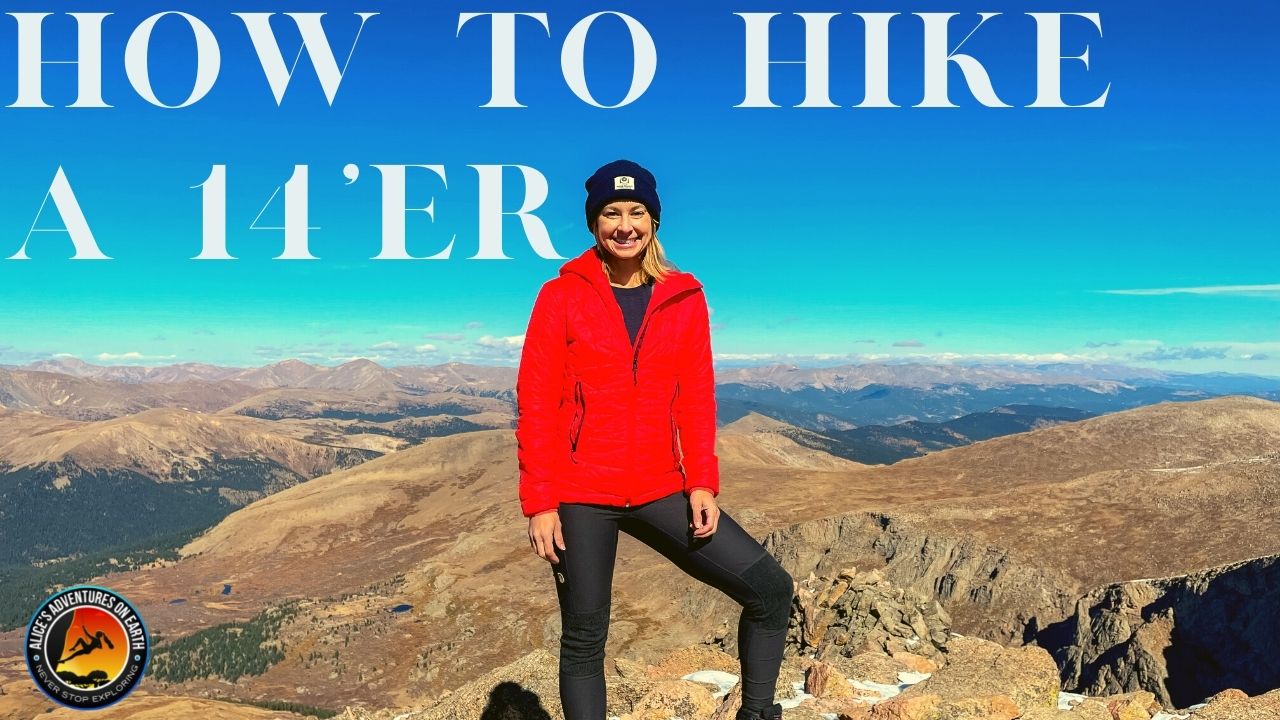
Table of Contents;
What is a 14’er?
So what is a 14’er? A 14’er is a mountain peak that reaches an altitude of at least 14,000 feet. The term is most commonly used in the western United States, where numerous mountains meet this criteria. In fact, Colorado has 58 mountain peaks that exceed 14,000 feet – more than any other state.
For hikers and outdoor enthusiasts, summiting a 14’er is a badge of honor. Not only does it require a significant amount of physical effort, but it also often entails spending extended periods of time at high altitudes – which can be tough on the body.
Nevertheless, many people find the challenge to be well worth the rewards. Reaching the top of a towering mountain provides a sense of accomplishment that is hard to match.
What are some beginner-friendly 14’ers in the United States?
It may seem intimidating, but the good news is that not all 14’ers are created equal and there are some that are easier than others.
You can find several located right in Colorado that are perfect for beginners that want to give a 14er a try.
Grays and Torreys Peaks in Colorado are both great options for beginner climbers. They are relatively short and have well-established trails. Plus, their proximity to Interstate 70 makes them easy to get to.
Another popular option is Quandary Peak, also located in Colorado. The trail is well marked and not too difficult, though there are a few steep sections.
If you’re looking for an even easier climb, Mount Bierstadt in Colorado is considered by many hikers as the state’s easiest fourteener, the ascent is gradual, open and not as steep as many of its neighbors.
And finally, if you want a real challenge still on the easier side, Mount Elbert is the tallest peak in Colorado. It will give you bragging rights for summiting the state’s highest mountain. Don’t be intimidated by the height or the nearly 5,000 feet of elevation gain. Mount Elbert may be tall, but the trails are easy to follow, and no scrambling is necessary to get to the summit.
This hike is long so like all 14’ers take it slow, drink a lot of water and do not attempt in bad weather.
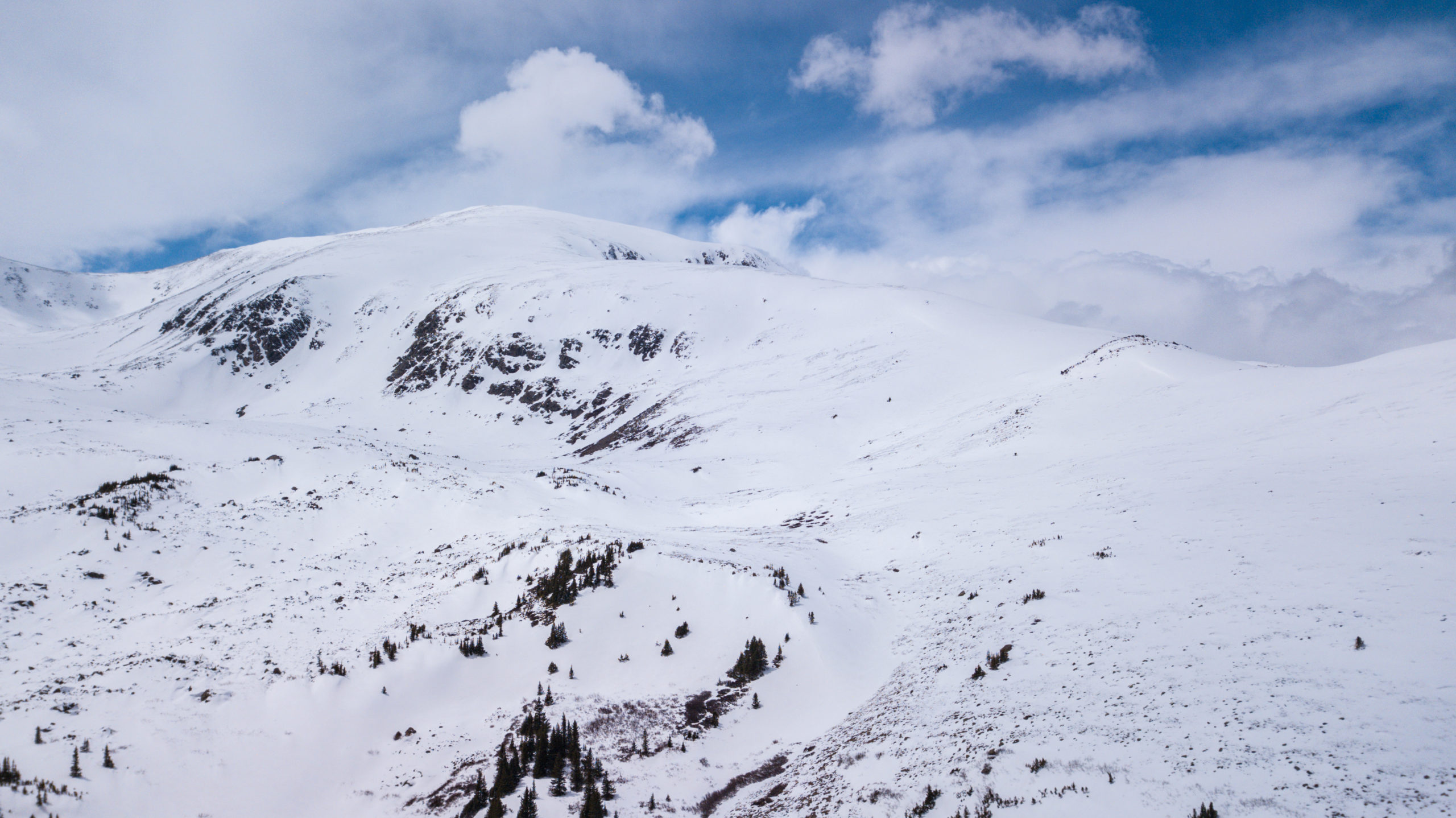
Tips for Hiking a 14’er
When you’re ready to hike your first 14er, there are a few things you want to keep in mind.
First and foremost, it is essential to remember that before you climb a 14er, there are certain things that you are going to want to do to prepare.
They are large mountains, and hiking to the summit is not a trivial task. Most accidents happen when people are unprepared or take this kind of hike for granted.
For example, you may want to invest time into a training program before attempting your first one. You can also practice climbing by tackling shorter hikes.
Regardless of what steps you take to be prepared, the good news is that there are certain things you can do to increase your chances of achieving this big accomplishment.
Preparing for altitude and high elevation hikes
First, if you are not used to hiking at high altitudes, it is essential to give your body time to adjust. This process is known as acclimation, and it generally takes a few days for your body to get used to the thinner air.
Spending a night or two in a town near the mountain you plan to hike is an excellent way to start the acclimation process. This will help your body get used to the altitude before hiking.
If you don’t have time for an entire acclimation period, there are still things you can do to prepare your body for high-altitude hikes.
Drinking plenty of water and staying hydrated is always essential. Still, it becomes even more crucial when hiking at high altitudes. Be sure to drink plenty of water in the days leading up to your hike and pack extra water for the hike itself.
It is also a good idea to avoid alcohol and caffeine before and during your hike. These substances can dehydrate you and make it harder for your body to adjust to the altitude.
A high-protein diet is another way to prepare your body for high-altitude hikes. Protein helps your body build muscle, which can be helpful when hiking at altitudes where oxygen is scarce.
In addition to preparing your body, it is also essential to be prepared for the conditions you will encounter on the mountain.
Check the weather forecast before your hike, and be aware of any potential storms that may be rolling in. Afternoon thunderstorms are common in many parts of the country, so it is important to be off the mountain before they hit.
It is also a good idea to check the trail conditions before you start your hike. This information is usually available on the park’s website or forest Service that manages the trail.
Knowing what to expect on the trail will help you be better prepared and more likely to have a successful hike.
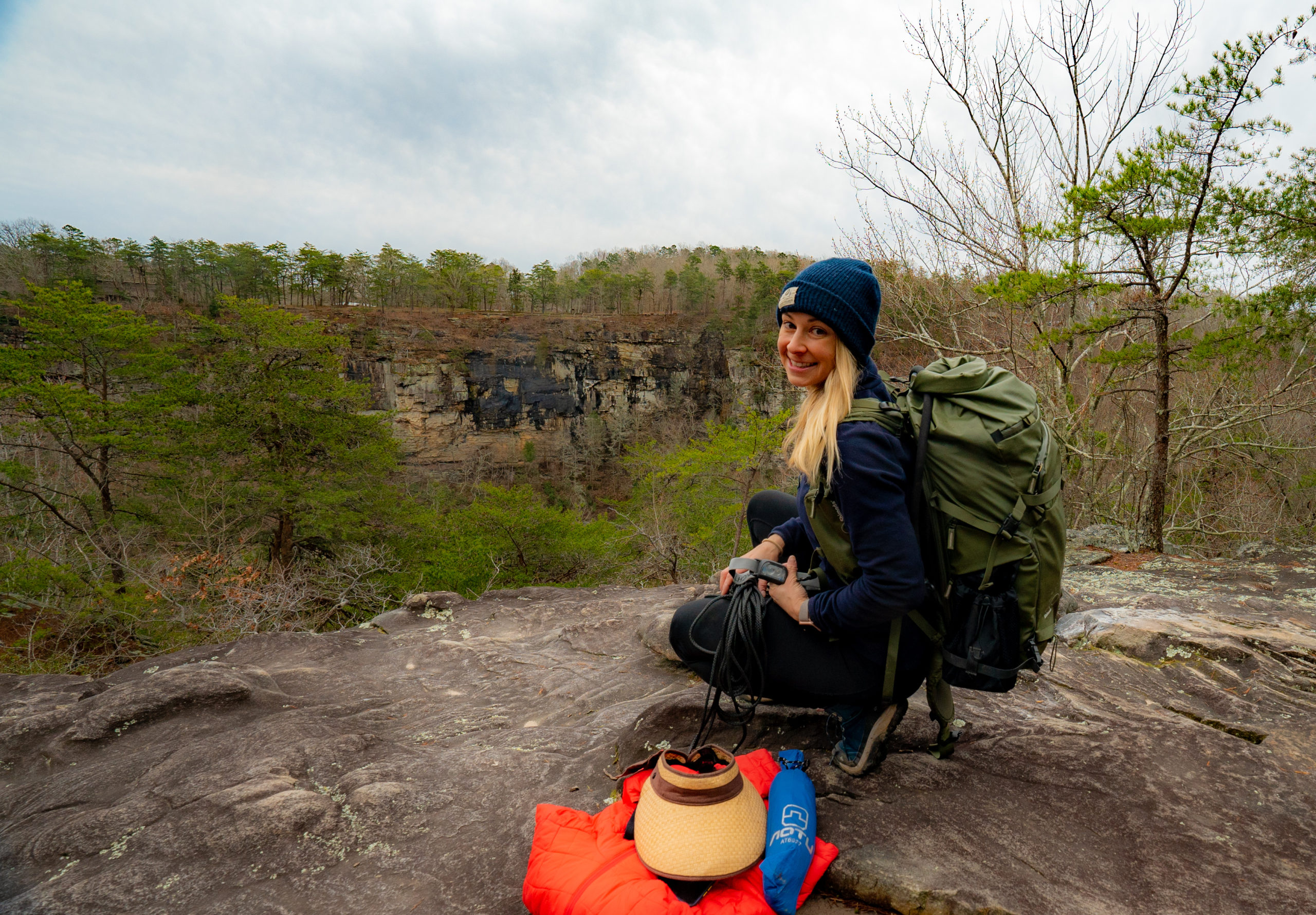
What to pack for a 14’er Hike
Now that you know how to prepare for a hike let’s talk about what to pack.
First, you will need a good pair of hiking boots, which should be comfortable and broken in before you start your hike.
Hiking poles can also be helpful, especially on steeper sections of the trail. They take some of the strain off of your legs and can help you keep your balance. Whenever you are hiking in Colorado you will also need a rain jacket as well, weather can change quickly especially in spring and fall. Here is my favorite hiking raincoat.
In addition to comfortable shoes and hiking poles, you will also need to pack some essential items for your hike.
Be sure to bring plenty of water and high-energy snacks like trail mix or energy bars. An electrolyte drink is also great to have while on the trail. And don’t forget your 10 essentials. Yes you need them even on a day hike. Check out my list HERE.
Sun protection is also essential, even on cloudy days. Be sure to pack sunscreen, a hat, and sunglasses.
Finally, you may want to bring a camera to document your hike. But be sure not to sacrifice safety for photos. If you need to take a break to snap a picture, find a safe spot off the trail.
Tips for Success
You’re almost ready to climb your first 14er but first, here are a few tips for having a successful hike.
Before heading out, check the weather and pack in layers. Regardless of the time of year, it is not uncommon for the morning to be cold and afternoons to be warm. So wearing layers is key to staying comfortable.
Be sure to start your hike early in the morning. This will help you avoid afternoon thunderstorms and give you more time to reach the summit. Storms roll in around 3 pm, so it is highly recommended to be below the tree line well before that time.
It is also important to pace yourself on the trail. Take breaks when you need to, and don’t push yourself too hard.
Remember that hiking at high altitudes can be challenging, even for experienced hikers.
Finally, it’s ok to turn back. If the weather turns bad or you start to feel ill, don’t be afraid to turn back. It is not worth risking your safety to reach the summit.
Things you should avoid before tackling a 14’er
While there are many things you can do to prepare for your hike, you should also avoid some things.
First, refrain from strenuous activity in the days leading up to your hike. This includes activities like running or lifting weights. You want your body to be well-rested before starting a long, strenuous hike.
Second, avoid drinking alcohol or caffeine before your hike. As mentioned before, these substances can dehydrate you and make it harder for your body to adjust to the altitude.
Finally, don’t try to do too much too soon. If you are new to hiking, start with shorter and less challenging trails before tackling a 14er.
By following these tips, you will be well on your way to having a successful and safe hike.
Being prepared for your first 14er
The key to having a successful and safe hike is being prepared. Now that you know how to prepare and what to pack, you are one step closer to tackling a 14er.
Just remember to take your time, pace yourself, and most importantly, enjoy the hike! And don’t forget to come back and share some of your own tips for hiking a 14er? Let us know in the comments below! Happy hiking!
Check out some of my favorite hikes from places like Cotopaxi in Ecuador or Mt Kilimanjaro.
Save ME
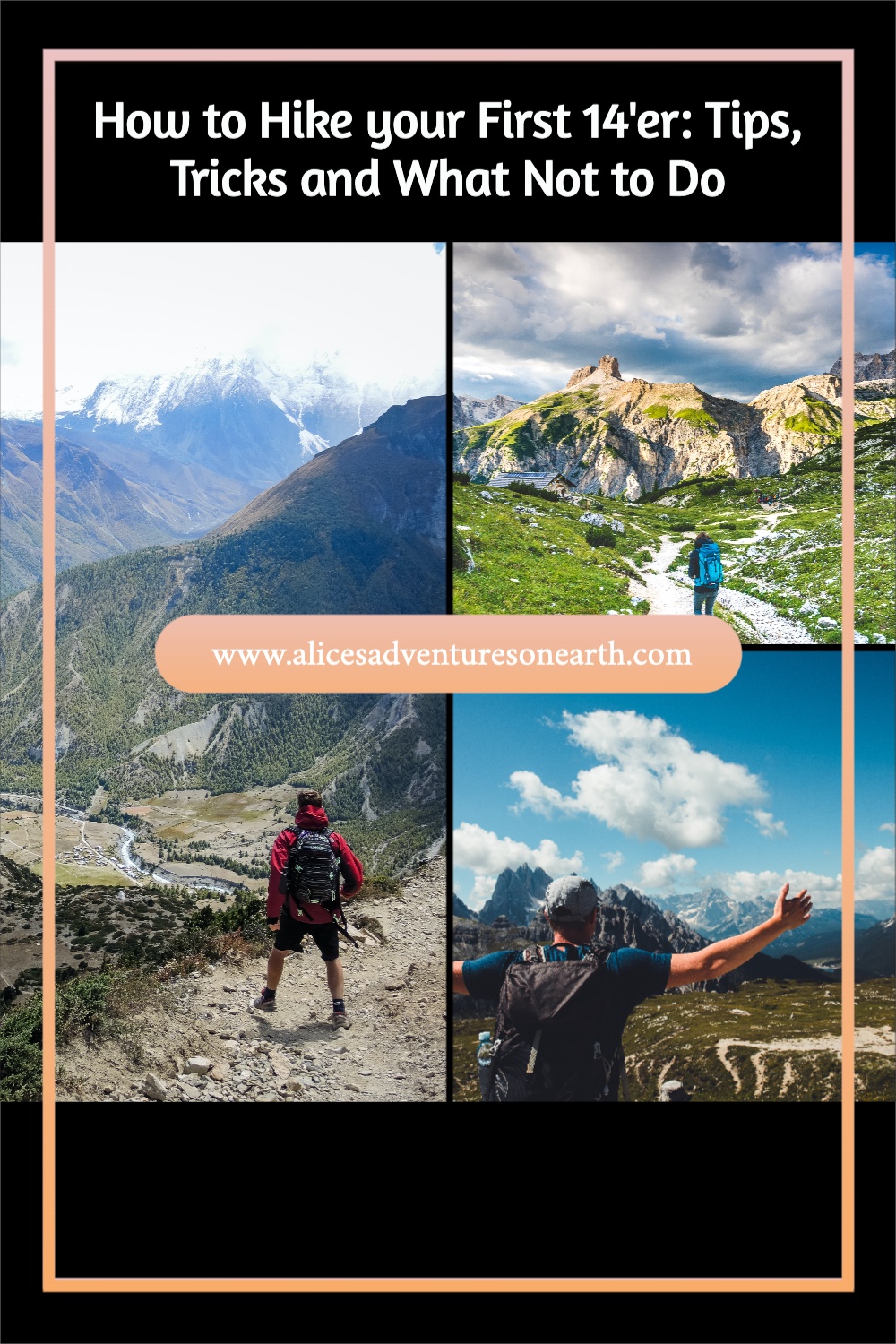
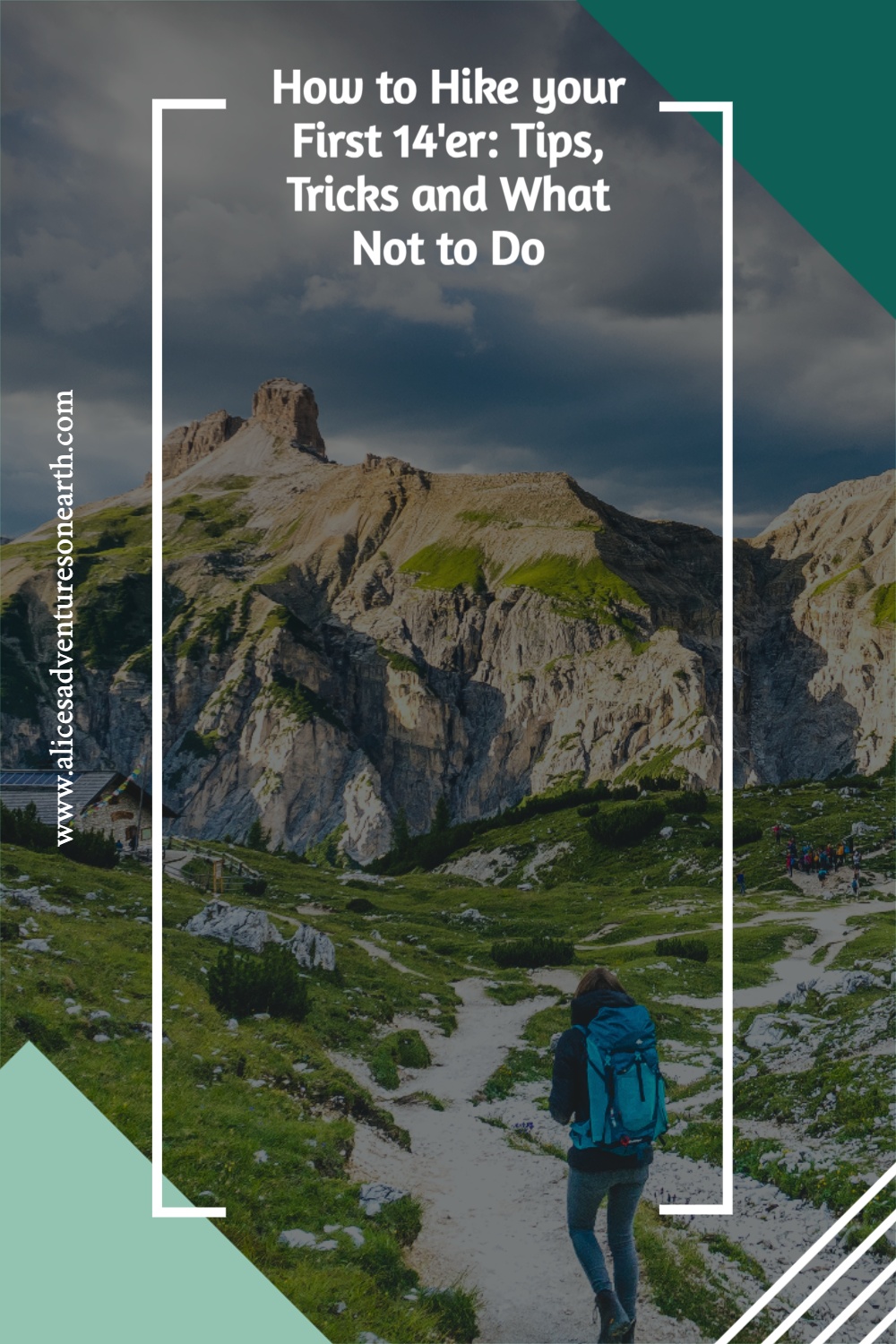

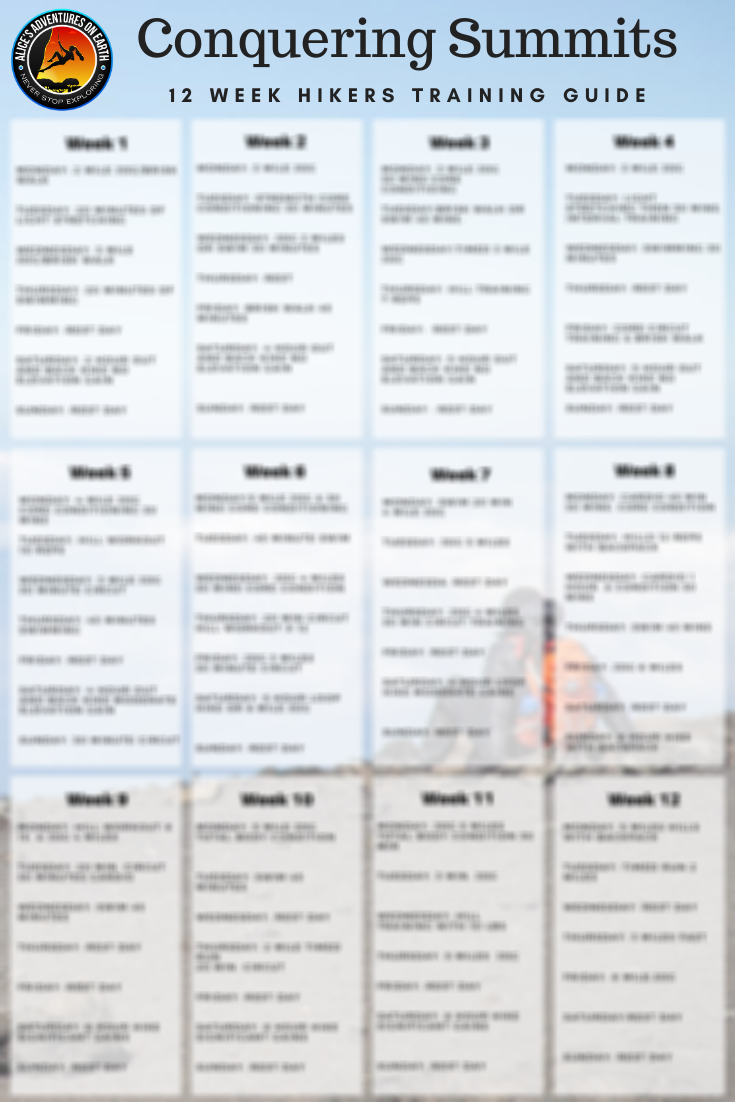



0 Comments